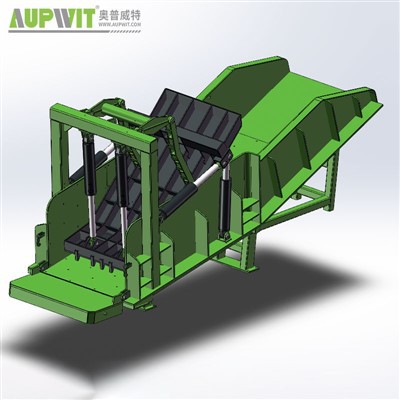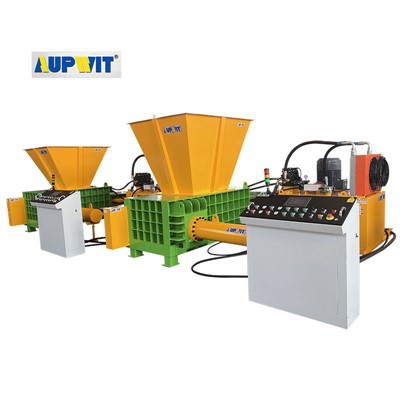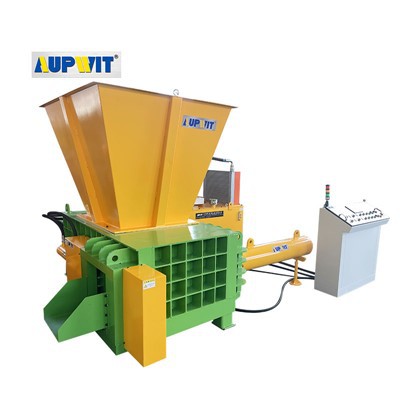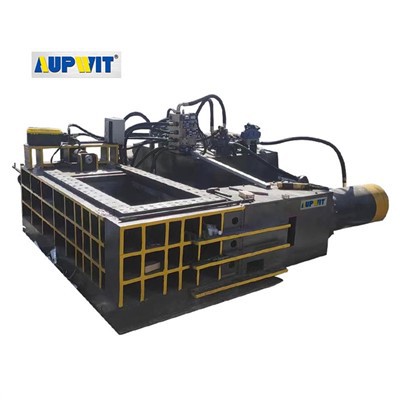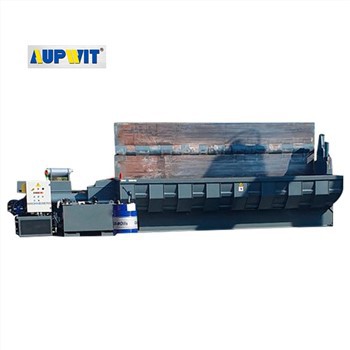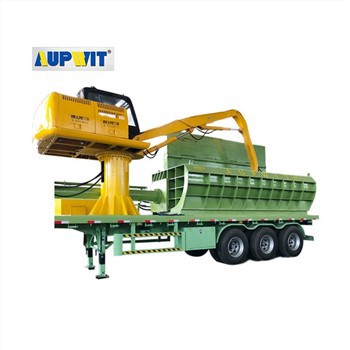Steel Plate Cutting Capacity Guide
The thickness of steel plates an iron shearing machine can cut depends on several factors, primarily the machine's capacity, blade type, and the steel's tensile strength.
Machine Capacity by Type
| Machine Type | Mild Steel Capacity | Typical Applications |
|---|---|---|
| Small Manual/Bench-top Shears | Up to 3mm | Light fabrication, hobby shops |
| Medium-duty Hydraulic Shears | 6-12mm (up to 16mm) | General workshops, metal service centers |
| Heavy Industrial Guillotine Shears | 20-30mm | Shipbuilding, structural steel fabrication |
Key factors affecting cutting capacity:
- Blade sharpness and clearance settings
- Material hardness and tensile strength
- Machine tonnage and power capacity
- Proper maintenance and alignment
Material Considerations
Material-specific adjustments:
- High-tensile steel (450-500 MPa) reduces capacity by 30-50%
- Stainless steel requires higher tonnage than mild steel
- Always verify manufacturer specs for specialty alloys
Critical Safety Reminder
Exceeding machine capacity risks blade damage, machine failure, and operator injury. Always test with scrap material first when working with unfamiliar steel grades.
Optimal Operation Tips
Best practices for maximum capacity:
- Maintain proper blade clearance (typically 5-10% of material thickness)
- Keep blades sharp and properly aligned
- Use adequate clamping force to prevent material movement
- Adjust cutting speed based on material thickness


